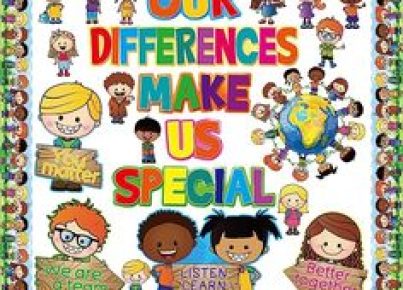Introduction
Education plays a crucial role in shaping the future of individuals and societies. However, it becomes increasingly important to ensure that all students, regardless of gender, ethnicity, or socioeconomic background, have equal opportunities to thrive in school. This article examines a case study of one school that has successfully implemented policies and practices to promote equal opportunities for its students.
Background
Riverfield Elementary School is located in a diverse community with a mix of races and economic backgrounds. The school faced challenges in providing equitable education for all students due to disparities in resources, cultural differences, and biases present among school staff and the larger community.
Case Study: Strategies for Promoting Equal Opportunities
1.Sensitivity Training and Cultural Literacy Programs for Staff: Riverfield Elementary School leadership initiated comprehensive training programs for teachers and staff members on cultural competence and sensitivity. This included workshops on recognizing personal bias, developing empathy, and adopting inclusive teaching practices.
2.Curriculum Reforms: The school’s curriculum was restructured to include multicultural perspectives and materials reflecting the diversity present in the student body. Lessons were redesigned to focus on themes of equality, empathy, and social responsibility.
3.Encouraging Parental Involvement: Riverfield Elementary School reached out to parents from various backgrounds to engage them in the educational process. This included home visits by teachers, ESL classes for parents, translation services at PTA meetings, and multicultural events that celebrated diversity within the community.
4.Equity Audits: The school conducted periodic equity audits assessing resource distribution amongst students. This allowed them to identify disparities in areas such as access to technology or extracurricular activities and take corrective measures accordingly.
5.Inclusive Extracurricular Activities: Riverfield Elementary School offered a wide range of extracurricular activities that catered to students’ diverse interests and abilities. These activities ensured that all students had an equal chance to participate and excel beyond academics.
6.Student Empowerment Initiatives: Riverfield Elementary School created programs to empower students from marginalized groups. This included leadership training, mentoring, and student-led clubs that promoted diversity and inclusivity.
Outcomes
As a result of these strategies, Riverfield Elementary School was able to significantly reduce the achievement gap for students belonging to different demographic groups. Academic performance improved across the board, with increased engagement from parents and a decrease in disciplinary incidents. Furthermore, the school’s culture became more inclusive, fostering a sense of belonging for all students.
Conclusion
The case study of Riverfield Elementary School demonstrates that promoting equal opportunities at school is possible with thoughtful planning and proactive measures. By implementing sensitive training for staff, inclusive curricula, parental involvement, equity audits, diverse extracurricular options, and student empowerment initiatives, schools can effectively address disparities and create a more equitable educational setting for all students.





